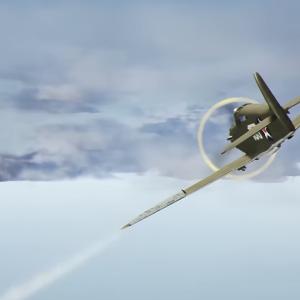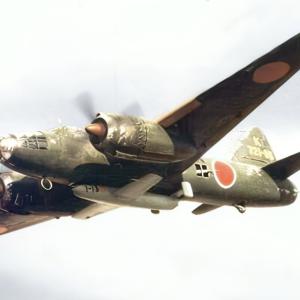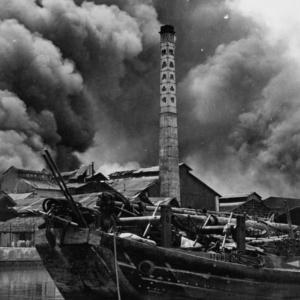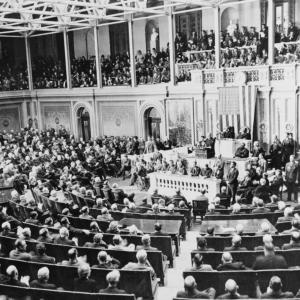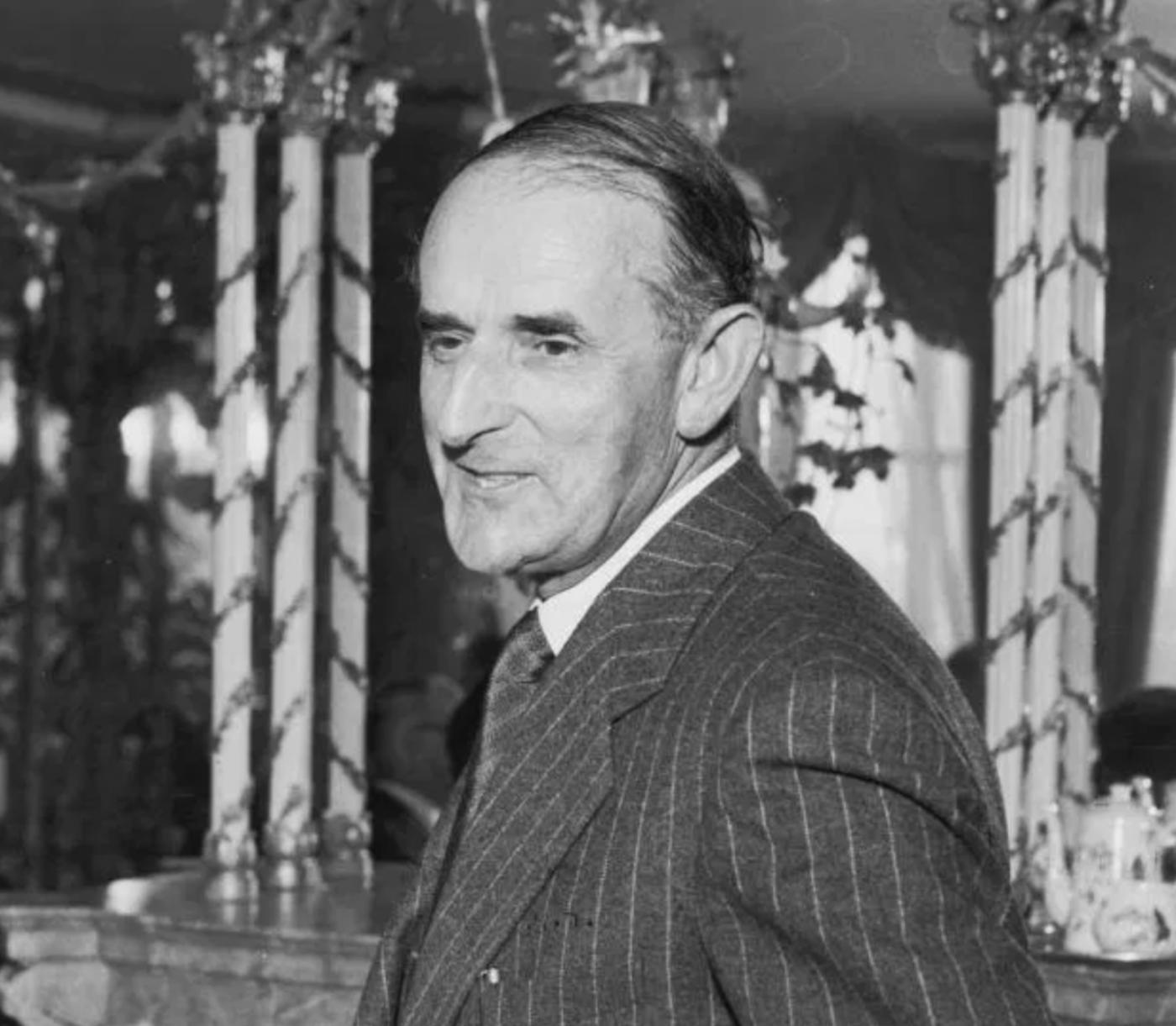
Sydney Camm
Born in 1893 at 10 Alma Road in Windsor, England, Sydney Camm grew up as the eldest of twelve children in a modest household. His father worked as a carpenter and joiner, and from an early age, Camm showed an extraordinary interest in flight. As a schoolboy, he built model airplanes and wooden propellers, selling them with his brothers to the students at Eton College. The young entrepreneurs would sneak into the school grounds at night to deliver their hand-made models, evading the local shopkeepers who saw them as unwelcome competition.
By 1912, Camm co-founded the Windsor Model Aeroplane Club, where his passion for aviation continued to grow. That same year, the club successfully constructed a man-carrying glider, a remarkable feat for a group of young amateurs. This marked Camm’s first hands-on experience with full-scale flight design. His professional journey began shortly before the First World War when he joined the Martinsyde aircraft company as a carpenter. His talent did not go unnoticed, and he was soon promoted to the drawing office, where he developed the design skills that would shape the rest of his career.
In 1923, Camm joined the Hawker Aircraft Company in Kingston upon Thames as a senior draughtsman. His first design for Hawker, the Cygnet light biplane, led to his rapid promotion to chief designer just two years later. Working alongside Fred Sigrist, the company’s managing director, Camm developed a distinctive metal-tube aircraft structure that became foundational to Hawker’s design language for years to come.
Over the following decade, Camm led the creation of a series of military aircraft that would become staples of the Royal Air Force. His designs included the Hawker Tomtit, Hornbill, Nimrod, Hart, Fury, and Hornet bomber. By the 1930s, it was estimated that 84 percent of RAF aircraft bore his design imprint, a testament to his deep influence on British aviation.
His most celebrated contribution came with the creation of the Hawker Hurricane. Designed during a period of technological transition from biplanes to monoplane fighters, the Hurricane was rugged, easy to maintain, and highly effective. It became the workhorse of RAF Fighter Command during the Battle of Britain, accounting for more enemy aircraft destroyed than all other RAF fighters combined. The Hurricane helped secure British air superiority during one of the most critical moments in the nation’s history.
Camm’s work did not stop with the Hurricane. He followed it with the powerful Typhoon and its successor, the Tempest, each incorporating aerodynamic and engine advancements drawn from wartime experience. These aircraft proved vital in ground-attack and high-speed interceptor roles, further reinforcing his reputation. The Sea Fury, a naval adaptation, was one of the fastest piston-engine aircraft ever built and remained in service well into the 1950s.
After the war, Camm embraced the new age of jet propulsion. He oversaw the design of the Hawker Hunter, a highly successful swept-wing jet fighter used by numerous air forces around the world. Perhaps even more groundbreaking was his work on the P.1127, which evolved into the Harrier—the world’s first operational vertical take-off and landing jet. This concept, radical at the time, would go on to shape the future of modern military aviation.
In recognition of his contributions, Sydney Camm was knighted in 1953. He served as president of the Royal Aeronautical Society and continued to pursue advanced designs well into his later years, even entertaining concepts capable of flying at Mach 4. He retired in 1965, having devoted more than four decades to aircraft innovation.
Sydney Camm died in March 1966 while playing golf near Richmond and was buried in Long Ditton Cemetery. Today, his legacy is commemorated in his hometown of Windsor, where a full-scale replica of the Hurricane stands as a symbol of his lasting impact. His work left a profound mark on aviation history, guiding British aircraft from the era of wooden biplanes to the cutting edge of jet and vertical flight. His meticulous craftsmanship, tireless discipline, and visionary thinking continue to inspire generations of engineers and designers.

